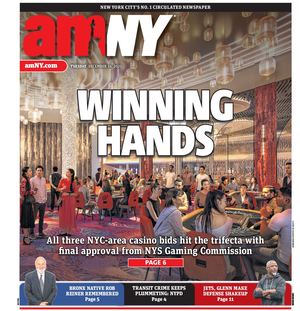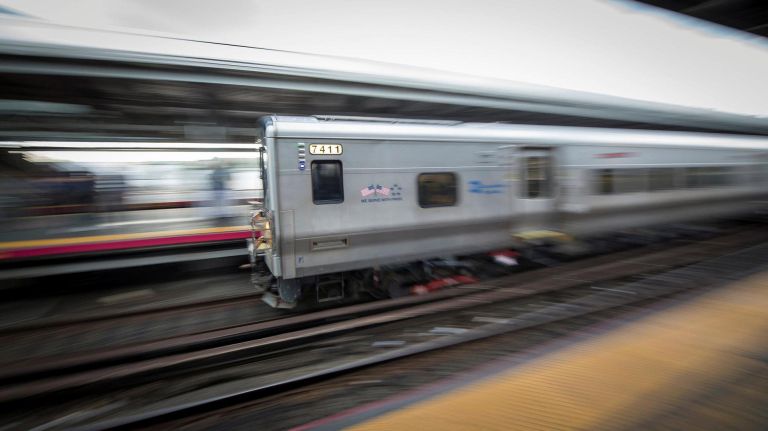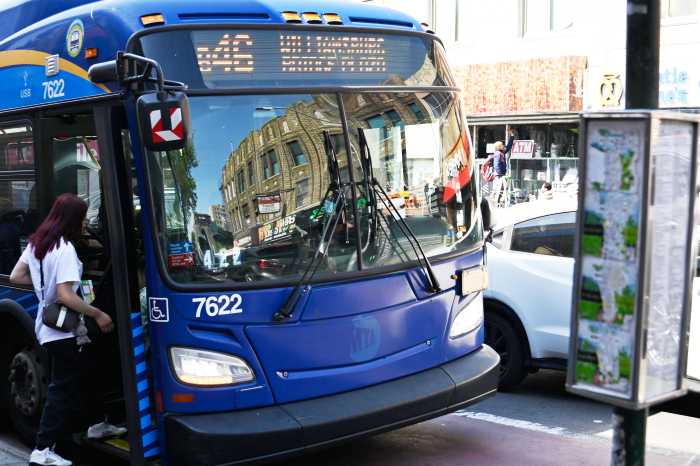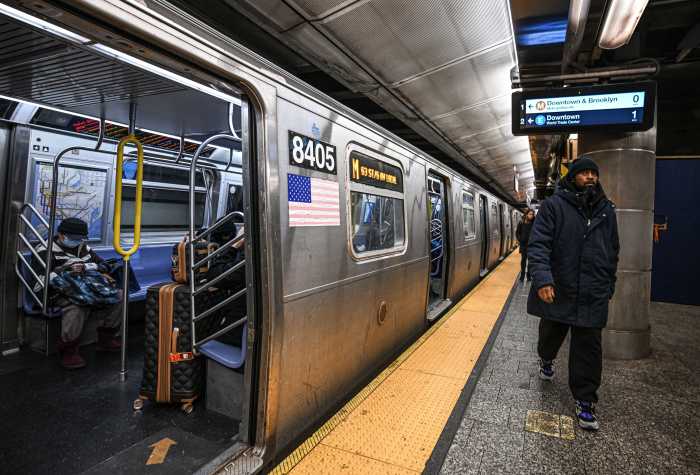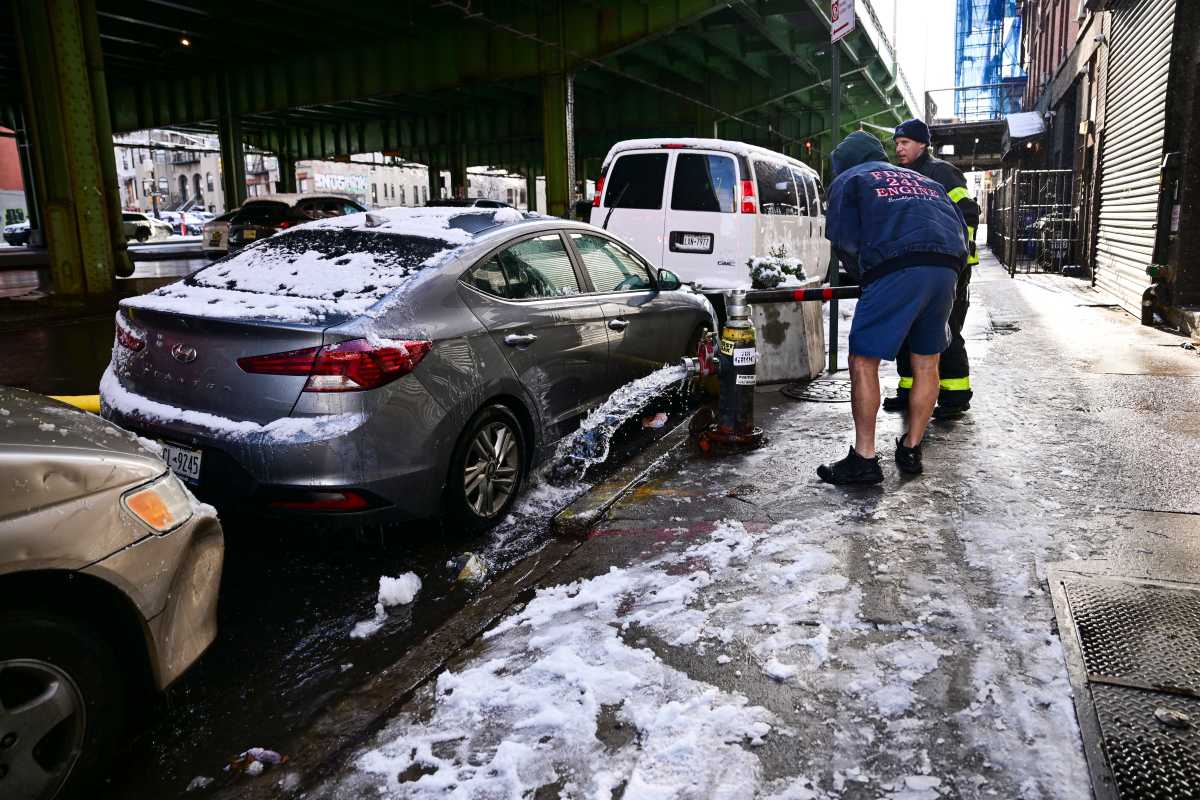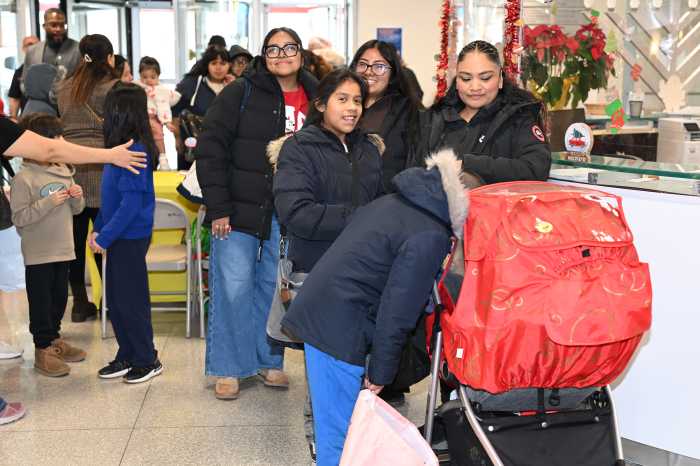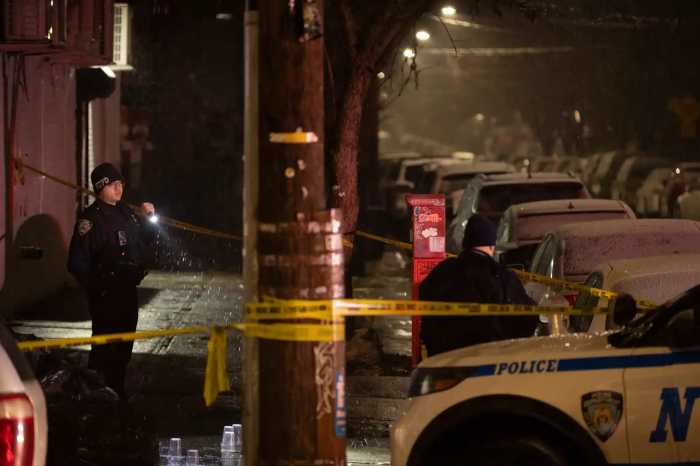
With the growth of outer-borough residents and jobs — and amid the height of a subway crisis — the MTA must overhaul its railroad service in order to better serve New York City commuters, Comptroller Scott Stringer said Tuesday.
Stringer, backed by other Queens officials, released a new report endorsing an idea that has floated around the New York City transitsphere for years: Cut Metro-North and Long Island Rail Road fares for city commuters in order to maximize the systems’ capacities and cut travel times for some of the 1.4 million outer-borough residents who live near the railroad stations and only need to travel within the city.
“The fact that we’re seeing a sea change in our economy — the economy is growing in these boroughs.” Stringer said at a news conference outside the Murray Hill LIRR station in Queens. “And yet the transit desert mentality is alive and well because we can’t connect two systems that literally are running parallel: One for the wealthy people in Westchester and the second is a system that’s decaying for the rest of us.”
The city comptroller said exorbitant costs of the railroads have created a classist, “two-tiered transit system” for wealthy suburban commuters, while city residents are forced to save money and stuff into overcrowded subway trains and slow, unreliable buses. He’s calling for the MTA to set LIRR and Metro-North fares for trips within the city at subway and local bus rates, now $2.75; provide free transfers for those commuters between subways and buses; and to run more service to the 38 railroad stations in the Bronx, Brooklyn and Queens. The program would cost the MTA $50 million a year to operate, according to the report.
MTA chairman Joseph Lhota issued a statement in strong opposition to the plan, citing the financial struggles at the agency. He also disagreed that there was enough spare railroad capacity for additional riders.
“We received Comptroller Stringer’s report late this morning and will review it, particularly the assertions about excess capacity with which we disagree," Lhota said in a statement. "The MTA is not a financially self-sustaining organization and for the recommendations of the City Comptroller to be implemented, a subsidy is required. It is fiscally irresponsible to make a transit benefit recommendation without identifying a source of funding — especially given the MTA’s massive financial needs as outlined by Comptroller DiNapoli’s report.”
Stringer argues that there is enough empty space on railroad trains to absorb the added borough commuters. The average LIRR train heading into Penn Station each morning rush hour is 79 percent full, with 233 empty seats, according to Stringer’s report. And each evening rush, the average LIRR train is 75 percent full with 282 available seats.
"It’s fiscally irresponsible to continue ignoring explosive job and residential growth in Brooklyn, Bronx and Queens neighborhoods served by the commuter rail," said Ilana Maier, a spokeswoman for Stringer, in response to Lhota’s comments. "It takes billions of dollars and years of disruptive construction to build new stations, but we could open up 38 stations to 1.4 million residents overnight for $50 million.”
The MTA is currently running a similar, 10-station pilot called the Atlantic Ticket, which offers reduced fares for city commuters near LIRR stations. A one-way ticket price was set at $5, a 51 percent discount from the current peak fare of $10.25, and 33 percent reduction from the off-peak fare of $7.50.
Stringer’s program calls for a systemwide rollout at steeper discounts than the pilot, and steeper even than other proponents have called for in the past.
Andrew Albert, an MTA board member and chairman of the New York City Transit Rider Council, which proposed its own program back in 2015, said he was “thrilled” that Stringer endorsed the concept and that increasing access to the city’s rail stations is an “absolutely important goal.”
“We have all this rail infrastructure running through our neighborhoods but it’s priced out of reach of residents,” Albert said. But he worried that such steep fare cuts could create parking and traffic troubles at city neighborhoods near the edges of their boroughs.
“At $2.75, would it stop people from Nassau County or Westchester from just driving over the border and taking the train from there?” he said.
City-based railroad one-way fares:
- Stringer’s plan: $2.75
- MTA’s Atlantic Ticket pilot on LIRR: $5.00
- Current LIRR fares: $10.25 (peak hours), $7.50 (off-peak hours)
